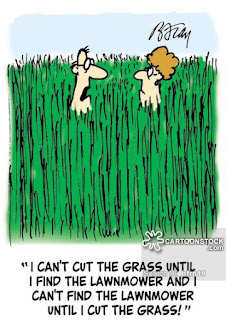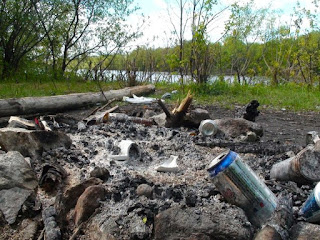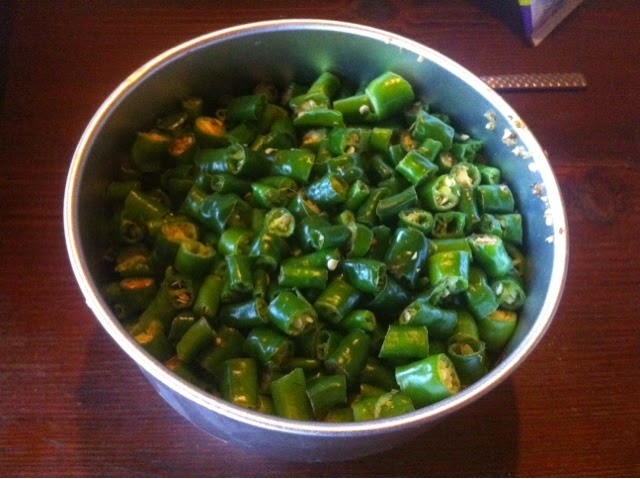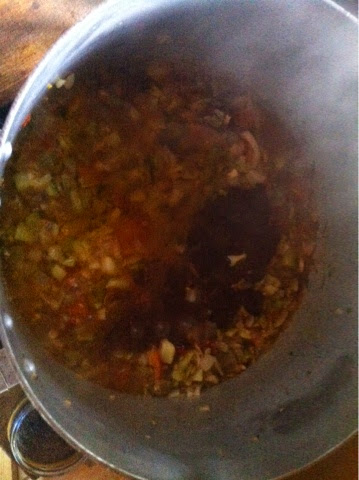Being first time gardeners, we have had
quite a lot to learn as of late.
Being newly responsible for the
gardening last winter, we started preparing the patch for the coming
season. After much googling, asking questions, discussions and
numerous cups of tea, we finally came up with a plan methodically
scribbled on the back of a brown envelope.
So we got to it, removing all of last
seasons plants, re-planting things that shouldn't have been in the
veggie patch and taking out chunks of carpet and plastic from under
the earth. We had some help from the lovely Alice, on recommending
techniques from her permaculture course and some Bude Haven work
experience boys with preparing the ground. We covered the entire
patch with manure, nettles, seaweed and mulch and let it rot down
over the winter months.



When the time came, we raked off the
top layer of mulch, dug the earth over and divided the patch up into
vegetable beds. We spent a lot of time deliberating about what we
would plant and the size and layout of the garden. Eventually, we had
to go with what worked in the space available to us so as to maximise
our growing potential. To do this we needed to plant vegetables which
would prolong our growing season, that were easily harvested by
everyone throughout the camping season, ones that could be preserved
over winter and also make sure we planted everybody's favourites. We
also needed to choose varieties of species that were easy to grow and
would be successful despite our limited experience.
Tomatoes were a definite... everybody
loves tomatoes, they are 10. We also chose spinach, which could be
planted and harvested in the poly-tunnel over winter and then outside
during the summer. Others included broccoli, garlic, onions, leeks,
courgettes, peppers, chillies, lettuce, broad beans, mange touts,
peas, corn, parsnips, carrots, pumpkins, squash, French beans,
potatoes, strawberries and of course, Jerusalem artichokes. We also love our herbs,
so we decided to grow a fairly large herb garden, some of which were
from seed, some were given to us by our lovely neighbours and others
we had from last year.


We then had to decide where to plant
everything. Brassicas, such as broccoli and spinach should be planted
in the same bed, so that they the crops could be rotated next year to
prevent potential disease and lack of soil nutrition. From our
experience over winter of digging up hundreds of Jerusalem artichokes
and potatoes from all over the vegetable patch, we decided to make a
separate area for these. The Jerusalem artichokes we planted far away
at the top of the camping field next to our cattle trailer shelter,
these also provide a great wind break during some of the British
summer. Mum found a genius and space saving technique for growing in
a box, so we tried this out in front of our poly-tunnel and in our
forest garden, which included two different varieties of potato.
After these veg were placed we generally tried to keep similar
varieties together for convenience.
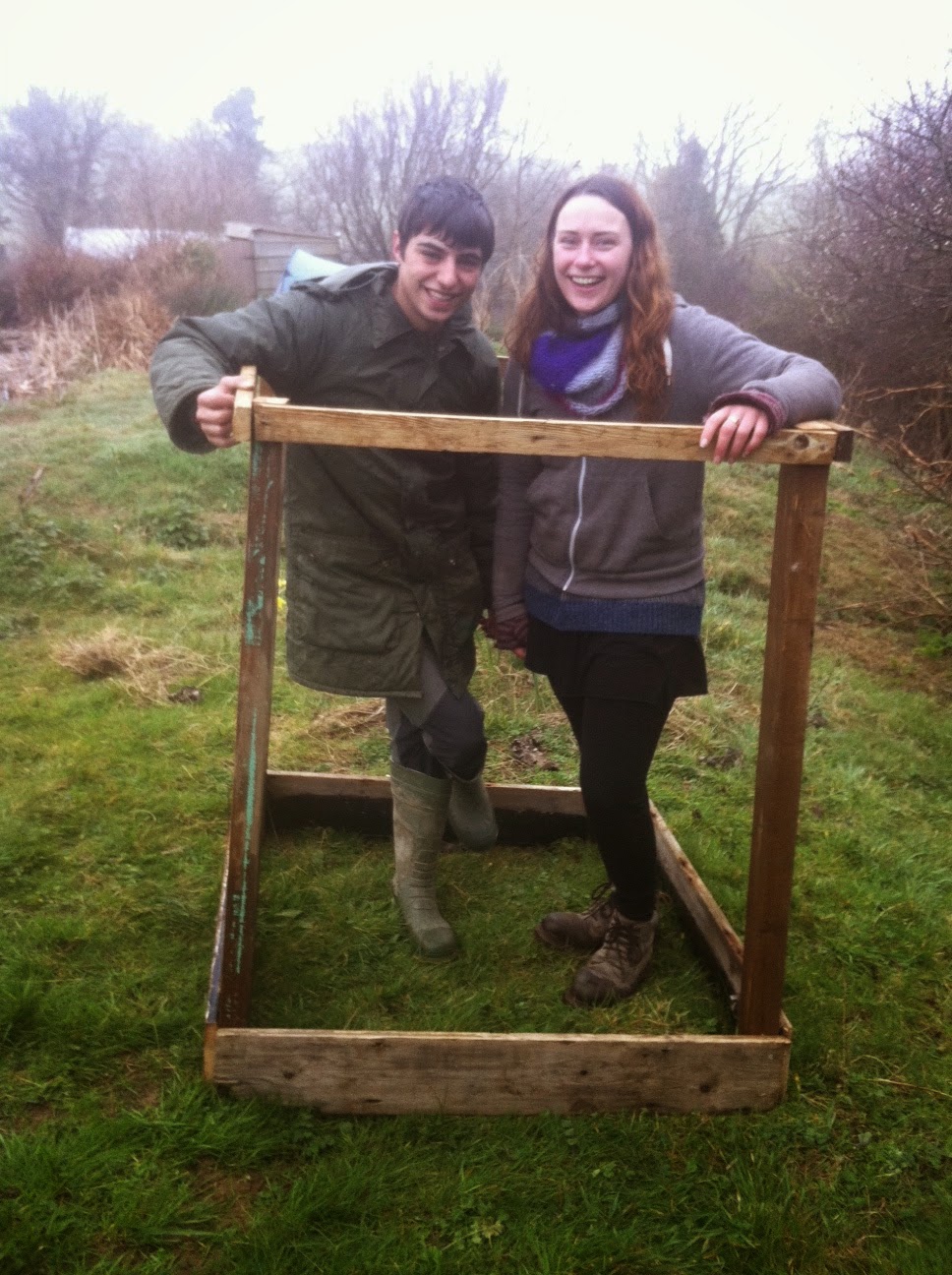
Throughout spring we planted up our
seeds in the poly-tunnel, timing it from our fantastic month by month
gardening book bought for us by Ben South. Our books now a little
faded and watermarked from constant use with the odd added splatter
of chicken poo. None of us expected the shear level of excitement
when our seeds started to germinate and our veggies began to take
shape. With a lot of re-potting, thinning and love, we could
eventually plant them out into our poly-tunnel and outside beds as
the weather improved.
We wanted our vegetables to be organic
but also to grow strong and healthy, we therefore spent a lot of time
on google, researching natural fertilisers, compost and pesticides.
We made nettle tea fertiliser by collecting some of the abundant
stinging nettles in the area and soaking them in water, usable after
4 days. We love to add this to our tomatoes and they are growing so
well that we are now over run with tomato plants. Nettles are
nitrogen fixing, which means they make the present nitrogen in the
soil available to use by the plants. We therefore used it on all of
our plants that love nitrogen, such as tomatoes, peppers, corn and
chillies. We also found that coffee grounds are a great organic
fertiliser. Luckily we drink a lot of coffee, so this was always in
abundance and we add it to our veg every few days and then water it
in. It doesn't seem to be hindering the growth, so we are just going
to continue with that and hope for the best.


Early in the season one particular
variety of lettuce seemed to be hosting some kind of bug. We
therefore resumed our google searching and found a recipe for organic
pesticide. This involved citrus rinds, biodegradable soap and water,
with which we then sprayed the leaves. This was the most organic
recipe we could find using the ingredients we had at hand, and it
seemed to work well. Luckily none of us are too fussy about a few
bugs in our lettuce.
We found some half filled compost bins
in amongst the nettles at the back of the poly-tunnel that needed
some attention. We dug them out, cut back the undergrowth, took out
the plastic and started to turn them over to add air and
so that they would produce
enough heat to compost down. We then proceeded to collect all of our
un-cooked kitchen scraps and add them to one of the buckets each day.
It was incredible how quickly this became beautiful compost, perfect
for growing our new veg.

From the advice gleaned from many
people we discovered that the most common mistake gardeners make is
to overcrowd there seedlings when planting out so they do not have
space to grow well and produce a good yield. We can understand how
tempting this is, as we didn't want to sacrifice any of our well
loved seedlings during the planting process. We therefore made a
separate veg bed next to our picnic area where all of the
'left-overs' could be planted for us and campers to help themselves.
We have broad beans, some herbs, leeks, tomatoes, a bay tree, a fig
tree, squash, pumpkins and currents up here. It's a little more wild
but seems to be producing well. We also decided to make a pea roof
from hanging baskets for the shelter in front of our caravan cafe.
These seem to be doing ok, although they need a fair amount of
attention, but now we are able to sit and eat our lunch while picking
peas from the roof.


The season isn't over yet, and there is
still a lot to do. It seems weeds and grass love to grow in June, so
we spend a lot of our time pulling that up at the moment. We also
seem to be constantly potting up tomatoes as we got a little excited
when planting the seeds and now we have hundreds of tomato plants.
Anyone visiting is obliged to take away at least two with them. It's
been a big learning curve, growing our own veg, and although we feel
we've done well this year, there are things that we could change in
the future. The proof is in the pudding though, so lets see what food
we'll be eating come August.


